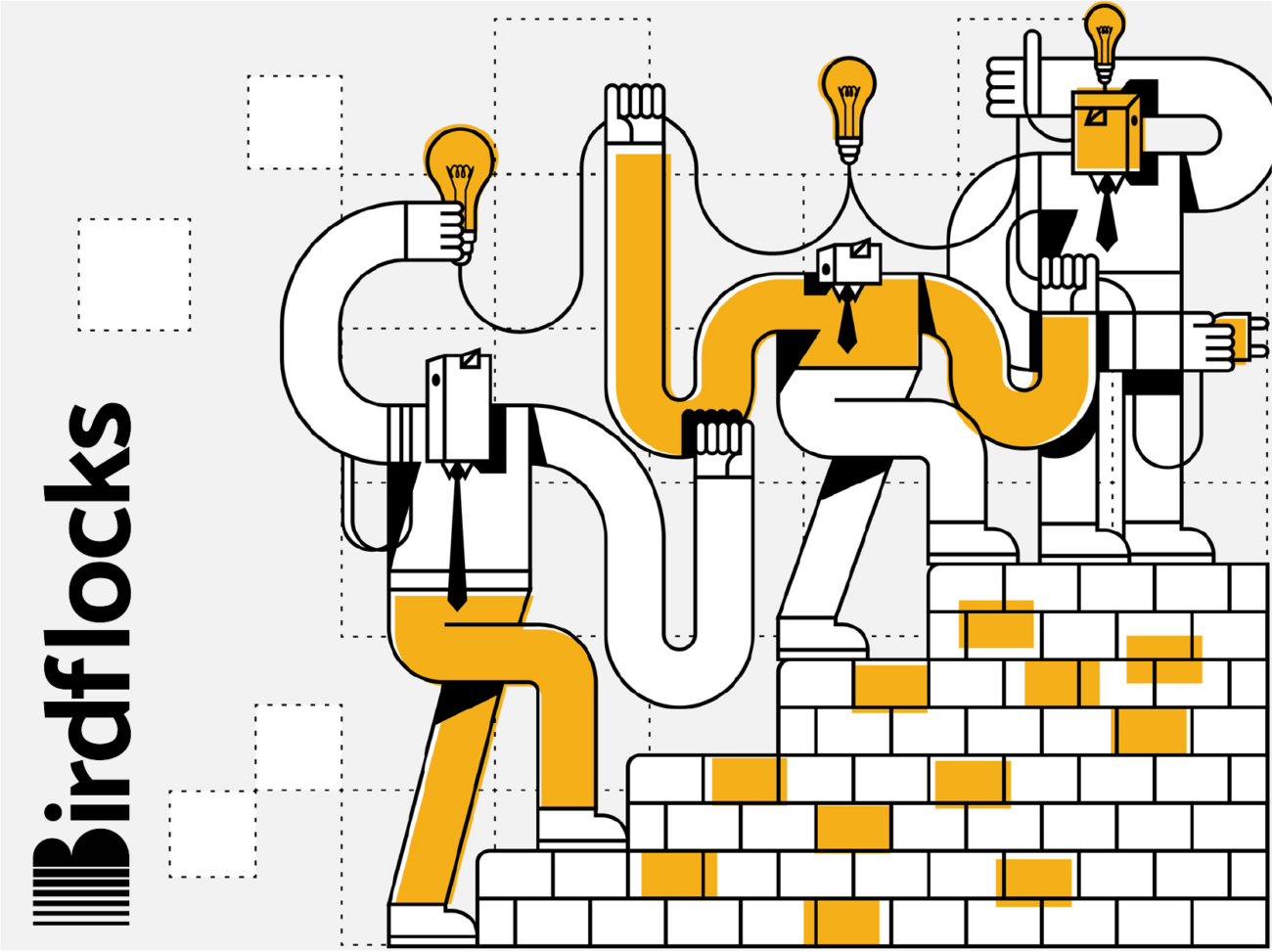Creating a Shared Ecosystem in Design and Construction (Part One)
Design and construction were historically linked – a team led by the architect to realize the greatest buildings in the world. It is only in the last 75 years that the allocation of risk has transformed a once collaborative process into a combative and siloed system where design intent becomes the weapon of both sides. The cost for the owner is efficiency throughout the process. The current push towards pre-fabrication and modularization as mechanisms for improving efficiency are meant to break down some of those silos, but they also create new challenges that will require greater collaboration, something the system is not designed to provide. These processes will drive improvements, but they are unlikely to generate the substantive advancements in the process needed to drive real change. Real change and improvement will only come from an ecosystem approach where all aspects of the process are integrated and shared.
Designing and building today is a complex process filled with thousands of decisions, a series of bespoke applications of standard systems, prefabricated components, and materials to solve a business problem in three dimensions. The balance between budget, schedule, and quality drive decision making, many times without the benefit of a fully integrated data set to inform. The roadblock to full integration is a mechanism to share data in a trusted way, a mechanism to break down the silo’s, a mechanism with a permanent record of each transaction and the capacity to certify information provided, and a system with the capacity to record actions automatically.
Enter, Concert!
We created a sharing ecosystem that acknowledges the role each participant plays in design and construction. We created workflows that are based on how information can be shared seamlessly across the whole ecosystem. We created a tool that brings certainty and clarity to the valuable data that is the backbone of every building. We created a way to digitally sign data files with the same level of trust and authenticity embodied in the professional certification an architect, engineer, or contractor provide when they stamp and sign the plans and specifications that historically represented the contract with owners around the world.
First and foremost, it is important to understand why we use the term ecosystem. Current systems, which do not take an ecosystem view of the process, limit information sharing and thereby the capacity for the system to balance. An ecosystem is a linked and dependent network of organisms that are shaped by external and internal factors. Ecosystems are dynamic entities that are continually disrupted but will always strive to achieve equilibrium. Typically referred to as biological systems, the term was adapted for use in digital business systems in 2002. In our context, the ecosystem is comprised of the decision makers, constituents, and users of the built environment. The relationship and role of each member of the system is dependent on the other. External and internal forces push and pull the system as new information is added and decisions are focused on achieving an equilibrium between cost, value, and impact.
Concert is a two-way street for data sharing at all levels of the design and construction ecosystem. All the players in the process can use the Concert platform to share, collaborate, authenticate, and certify the digital information they will use to construct and operate the building. As each party in the process shares information, a record is created and encoded with a secure identifier that is permanently recorded on the Blockchain. All of this happens automatically, no additional action is necessary. The record is sequential, so each transaction is searchable over the life of the entire project, and beyond. There is much more on our previous posts about how these systems work, so we encourage you to refer to those. But how does Concert create a shared ecosystem? Come back next week as we walk through the practical application of the Concert platform in a design and construction ecosystem.





